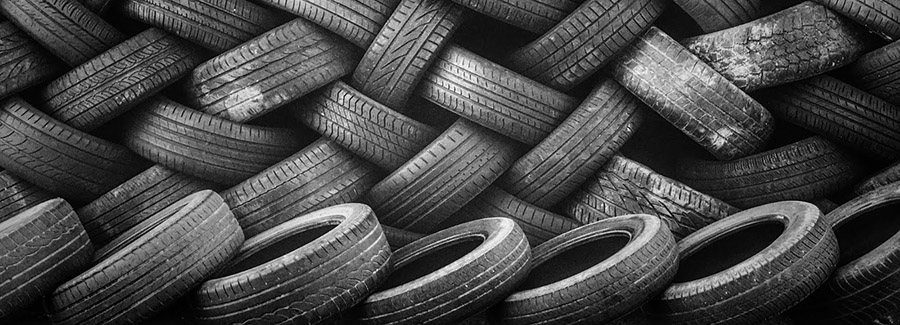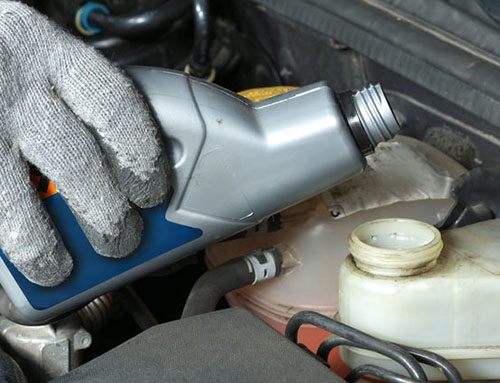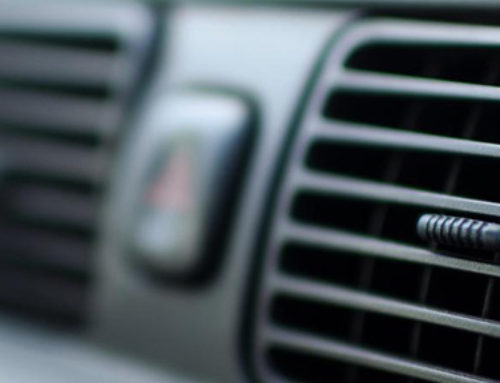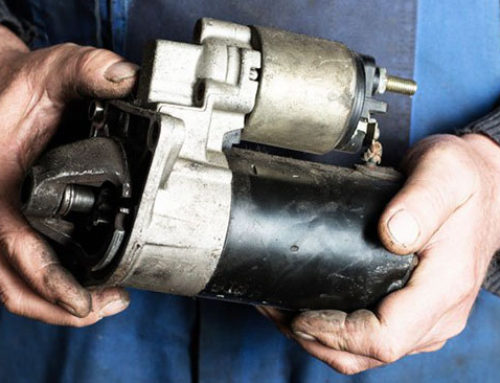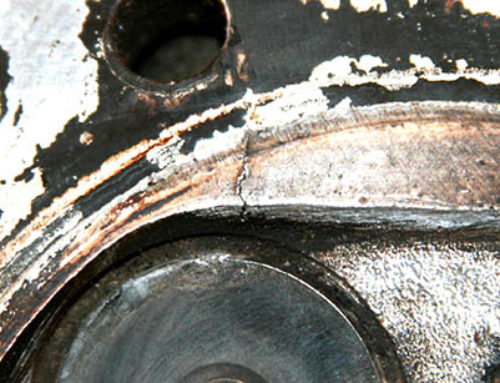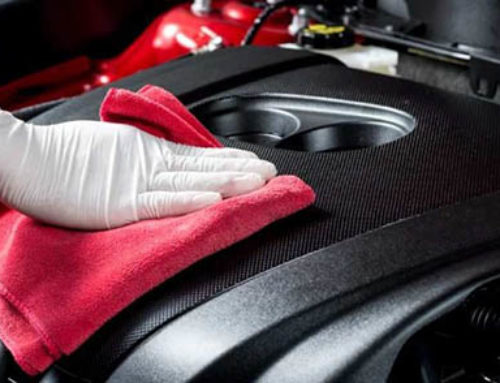Did you know Worn Tires can tell you a lot about a suspension. Most specifically, it can tell you if the angles, inflation and components are within specification. Have your tires ever worn out faster than they should have? Did a tire technician tell you that your tires were worn unevenly? Feathering, cupping, scalloping ? these are terms you may have heard before but had no idea what they meant. Let Certified Auto Repair Specialist of Pasadena clear up the confusion and take a look at these abnormal wear patterns.
Here are the most common tire wear patterns and what causes them:
Tires Over-inflated
Tire tread wear in the center of the tread pattern tells you that the inflation patterns are too high. Too much pressure can cause the contact patch to shrink and the center of the tire to carry the entire load.
Tires Under-inflated
Tire tread wear on the edges of a tire will typically indicate inflation pressures are lower than specified. When a tire is under-inflated, the contact patch grows and the load is carried by the outside edges of the patch.
Tire Feathering
The indicator of excessive positive or negative toe angle is a tire feathering or scuffing that can be detected by stroking your fingertips across the edge of each tread bar or tread block. A feather edge on the inside of the tread bar indicates excess toe-in, while a feather edge on the outside of the tread bar indicates toe-out. Because toe angle is affected by changes in camber and caster angles, it’s always the last angle to be adjusted during the wheel alignment process. In addition, any change in camber or caster angles will immediately change the toe angle. Toe angle geometry can also be greatly affected by changes in suspension height.
Scalloped Tires
Cupped or scalloped dips appearing around the surface of the tire tread wear could indicate loose, worn or bent suspension parts. Worn shock absorbers or unbalanced tires can also cause cupping, but the cupping would typically be more indicative of a concentric pattern. Shocks and struts are the most likely culprit because they provide damping force to control tire movement. When the tires move excessively, the scalloped pattern can appear. A lack of rotation can cause this condition.
Outer-Edge Tire Tread Wear
Tread wear on the outer edge of a tire is rare these days, but it does happen. Positive camber, caster and toe can lead to wear on the outer edge. If you see edge wear on one side, check the thrust and setback.
But, it should be noted, the leading cause of outer edge wear on modern vehicles is over-enthusiastic cornering.
Inner-Edge Tread Wear
Inner-edge tire tread wear is the most common tread wear problem most technicians see. The angles causing this type of wear are typically negative toe and camber. For parts, there are three component sources of the inner-edge tread wear: bushings, springs and loads.
Is there any way to correct uneven tire wear before it’s too late? That depends on the extent of the tire damage that’s already been done. If you notice center wear on your tires, you know your air pressure is too high; correct it, and the problem may eventually even itself out. However, it’s always best to have a trained ASE technician evaluate the extent of your damage before you continue to drive on questionable tires.
Things like tire rotation, inflation, balance, and alignment all need to be maintained on a regular basis if you notice any of these issues stop into Certified Auto Repair Specialist. Certified Auto Repair Specialist of Pasadena is dedicated to providing you the safest possible ride. What are your worn tires trying to tell you?


